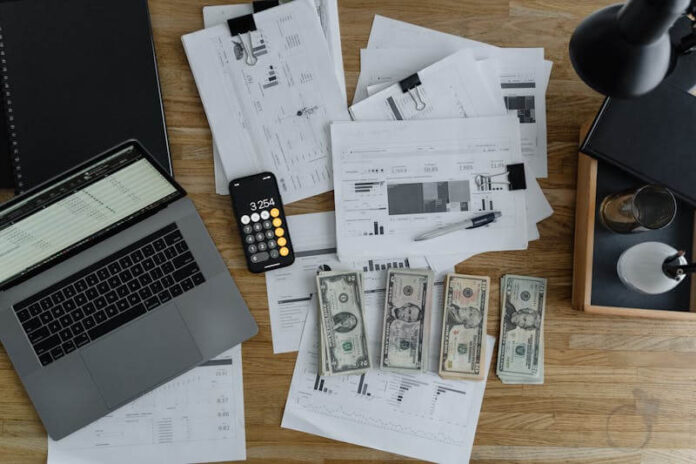Owning a home is a dream for many, symbolizing stability and financial success. However, many new homeowners are surprised to discover that the financial commitment extends far beyond the monthly mortgage payment.
Property taxes, maintenance costs, and unexpected repairs can quickly add up, creating a financial strain if not adequately planned for. This is why understanding the hidden costs of homeownership is crucial to avoiding financial hardship. For those struggling with expenses, gathering the proper hardship withdrawal documentation can be the first step toward relief.
Unseen Financial Strains Beyond the Mortgage
Most people who buy homes carefully plan their mortgage expenses while failing to consider the supplementary costs they will face. Property taxes are the most considerable unexpected cost for homeowners because these amounts increase through local authorities’ yearly assessment processes. A house that initially appeared affordable through its initial cost can become difficult to manage because of rising tax rates. Homeowners insurance, which mortgage lenders typically need, becomes more expensive because of coverage modifications, location-specific risks, and past insurance claims. Property owners face financial strain when they fail to include rising costs in their extended budget planning.
Homeowners face substantial yet concealed expenses during their ownership of a property. According to industry standards, homeowners should allocate between 1% and 3% of their property value yearly for maintenance expenses. The maintenance requirements of a home include predictable tasks like lawn care and gutter cleaning, but unexpected issues like plumbing failures or roof leaks also emerge. Minor unresolved home problems will escalate into large-scale expenses that push homeowners to use their emergency funds or borrow money.
Emergency Repairs and the High Cost of Unexpected Issues
Homeowners’ main financial hurdle stems from urgent yet costly repair requirements. During summer, HVAC failure or winter pipe burst causes physical discomfort and economic burdens for homeowners. Homeowners have to pay all repair costs independently because they do not have the option to contact their landlord for help during emergencies. People living in older homes encounter greater risks of needing significant repairs since their aging infrastructure develops costly problems such as foundation cracks, outdated wiring, and inefficient plumbing.
Major renovations represent a cost homeowners frequently overlook when purchasing their house. The tendency to delay home improvements exists, but property owners eventually need to handle essential upgrades, including roofing and window replacement. The postponement of critical home repairs will ultimately result in additional damage that raises the overall project expenses. Surprise home expenses that lack financial backup will drive people to debt or generate challenging economic decisions.
Managing the Hidden Costs of Homeownership
Successful management of homeownership’s unexpected costs depends on planning finances ahead of time. Building a budget system needs to include expenses beyond mortgage payments. Monthly income allocation for maintenance expenses and emergency repairs enables homeowners to prevent financial panic in case unexpected costs occur. Home warranty plans protect homeowners from significant system breakdowns through comprehensive coverage, reducing the need for expensive repair costs.
Scheduled inspections of the home help stop minor problems from developing into expensive issues. Most homeowners avoid scheduled inspections because they believe their house is fine if it has no visible damage. Early detection of water damage, pest infestations, and insulation gaps enables homeowners to prevent future expenses, which could total thousands of dollars. Investing in energy-efficient home appliances, upgraded insulation, and smart home technology systems leads to decreased utility expenses, making homeownership more budget-friendly.
Conclusion
The long-term advantages of owning property are stable, yet hidden expenses can become overwhelming unless homeowners manage them effectively. The total costs of property taxes, maintenance, emergency repairs, and utility bills often exceed homeownership expectations, leading to unexpected expenses.
Homeowners who plan to establish emergency funds and seek financial help can maintain their economic security through these challenges. Understanding all costs that may go undiscovered helps homeowners achieve peaceful ownership of their homes.
